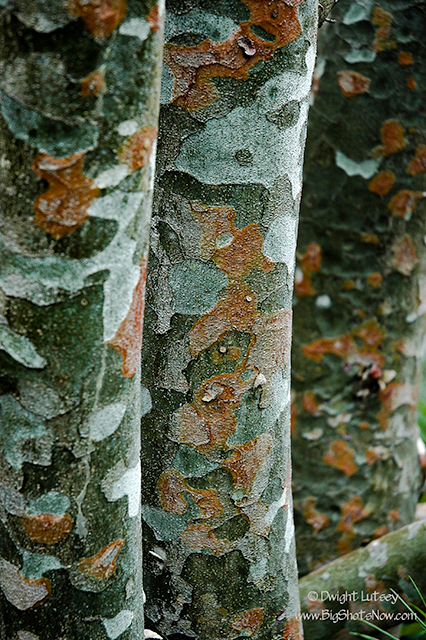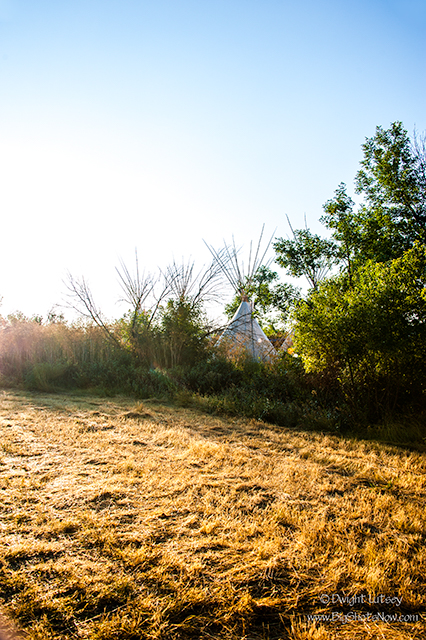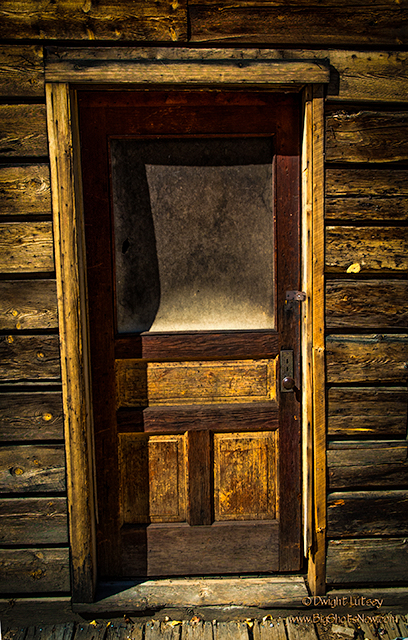These are actual living trees. Notice anything different about them? That’s right they’re camouflaged. “What’s the big deal?” you might ask. Well, I’ll tell you the big deal. They’re camouflaged! You can’t see them because they blend in. You had trouble identifying them when you first looked at the picture didn’t you? That’s what camouflage does. You can walk right up to them and not see them until it’s too late and you’re laying there on the ground with busted glasses, bark in your teeth and your nose all out of joint.
Sometime back we wrote an expose about Camouflage, or Camo as it lies to be called, and fortunately posted it right here on BigShotsNow.com under the title “Camo – It’s Not Just For Wearing To Wal-Mart Anymore”, you can find it here: http://www.bigshotsnow.com/camo-its-not-just-for-wearing-to-wal-mart-anymore/
We thought things were getting bad then but now it looks like we may have underestimated the danger. These trees pictured above, are living and proliferating right in the middle of downtown Denver. I’d tell you where, but they’ve blended in so well we cannot relocate them at the moment. We’ve been watching for unconscious people lying about on the sidewalk and have been checking various hospitals for increases in admissions with facial trauma, and other than the usual uptick after a Bronco/Raiders game it has been quiet. We’ve been querying local dentists to see if they’ve been plagued with bark removal cases from front teeth yet. They’ve responded there have been a few extra cases but we can’t triangulate the center point yet given the spotty response. We need to relocate these trees, so we can at least mark them with police warning tape.
The Institute believes this is becoming an insidious problem and cannot just be laughed off as a bunch of near-sighted, pot smoking Denver-ites walking into trees because they’re too baked to see where they’re going and that’s what stoners do. No this is too serious for that. What if a wind storm blew down some of these camouflaged trees over a roadway, like maybe I-25, you’d still be hearing cars crashing into each other up in Cheyenne. Would your insurance company pay off because you deliberately drove into trees lying across the road because you just “didn’t see them”? We think not. Well there you go, that’s just one problem. What if this malady spreads to other trees. Like fruit trees for instance, how would you even know when the fruit was ripe to pick? Worse yet how would you be able to buy it if you couldn’t find it in the produce section of your favorite Piggly Wiggly because it was camouflaged? The problem just gets worse the more you think about it.
Yes it is a problem. And problems need solutions, and of course that is what we do here at The Institute, we fix problems, even if the public doesn’t recognize that there is one yet. We are going to be much more reactive in locating these trees and once we’re sure of where they are, we are then sending out teams of taggers, mostly gleaned from halfway houses and juvenile detention halls, with specially formulated Tree Tagger Paint that sticks to trees and glows in the dark, to paint warning messages on these obstacles to public health. Messages like “Whoa, Dudes! Watch it, Camouflaged trees here!” this would be for the stoners or burners, as one of our experts in Urban Street Slang likes to call them. Or possibly “Say, careful there, Camouflaged trees here, you wouldn’t want to have to replace those pearly whites right up there in the front of your face, Would you?” This would be from our friends in the Dental community. We know it’s a little long for a slogan but then you have some fairly educated people in Denver who like to read and would appreciate the erudite warning.
This is a battle we’re just beginning to fight and we know there is going to be an uphill struggle to get everyone on board with this. Public education is paramount if fighting this new threat. We need hotlines for people who have received unexpected whacks to their face to call in and give us the details so we can determine if one of these camouflaged trees was responsible or if you simply shouldn’t have replied to that drunk in the bar. We need your help in this ongoing effort to combat camouflage. So help us, so we can help you. Remember, We’re from The Institute, and we’re here to help.




You must be logged in to post a comment.